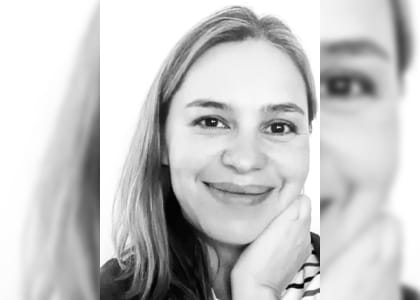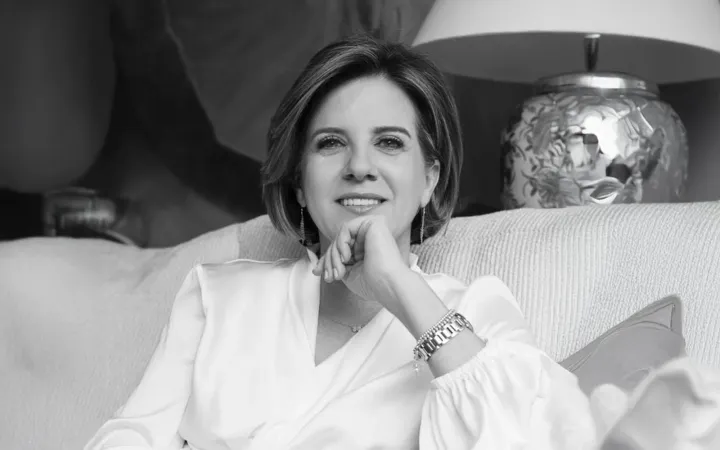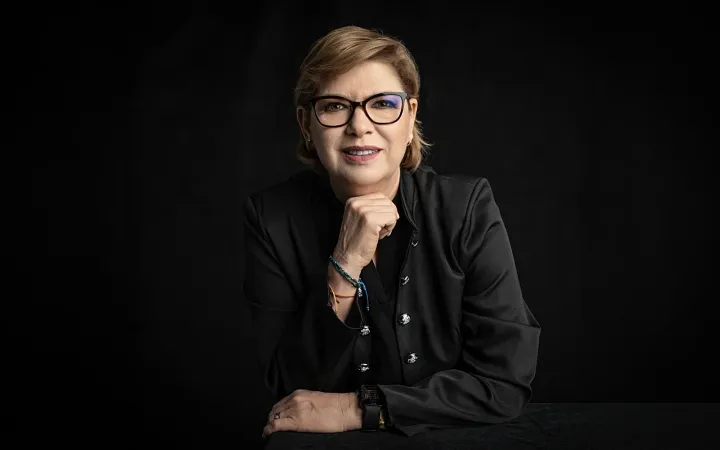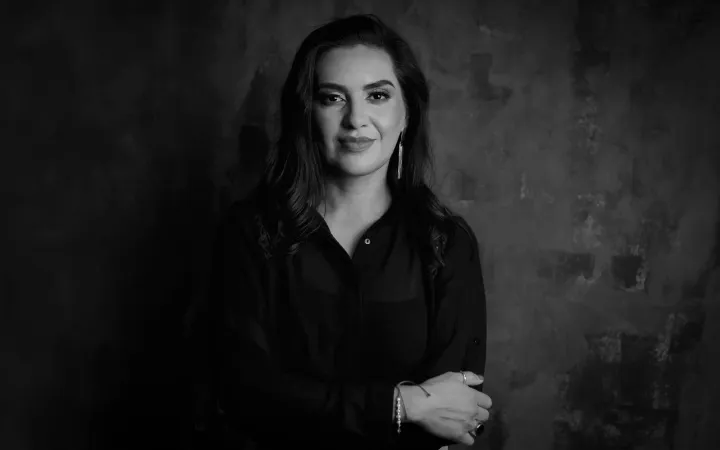
Por Thelma Elena Pérez Álvarez

El reciente proceso electoral permitió notar fracciones de la complejidad en la relación comunicación política y cuerpo, por medio de examinar la intersección género y fenotipo (o características físicas visibles) en la representación fotográfica impresa en propaganda (pendones y contenido digital) de las candidatas a la Presidencia: Xóchitl Gálvez y Claudia Sheinbaum; Jefatura de Gobierno de CDMX: Clara Brugada y Alcaldía Tlalpan: Alfa González, Mariana Martí y Gabriela Osorio.
La construcción de estrategias de comunicación política implica la vinculación de actores en estructuras sociales, como gobiernos, partidos políticos e industrias de marketing y comunicación. Las fotografías de las contendientes son discursos visuales sobre la imagen pública que deciden proyectar al electorado, los cuales se diseñan para transmitir idearios y valores acordados con los correspondientes partidos políticos y equipos de campaña.
Al respecto, las seis candidatas promovieron el pluralismo cultural, la perspectiva de género y el feminismo. Enfoques que intentan erradicar desigualdades motivadas por constructos sociales, como los asociados al género y al fenotipo, los cuales cimentan expresiones discriminatorias relacionadas con el sexismo, el racismo y su particular vinculación con el clasismo que favorecen la normalización de prácticas excluyentes con diversos efectos en la vida de las personas.
Por ejemplo, la Encuesta Nacional de Discriminación (ENADIS, 2022) (INEGI, 2023) arroja que un 23,7 % de personas encuestadas, experimentó discriminación por razón de tono de piel, clase social, sexo o por ser una persona indígena o afrodescendiente. También, el Informe de Movilidad Social en México (CEEY, 2019) menciona que población mexicana con piel más oscura experimenta menor movilidad ascendente respecto de quienes reportan tonos más claros.
Con lo anterior en mente, el estudio exploró de manera fundamentalmente descriptiva una fotografía por candidata para detectar posibles señales de sexismo y racismo en la representación de su apariencia física. Analizamos características fenotípicas, como tonalidad de la piel y dientes, forma, color del cabello y forma de la nariz. Consideramos referencias teórico metodológicas como el estudio crítico del discurso (Van Dijk, 2016), la escala cromática del proyecto PERLA (Telles, 2014) y expresiones contemporáneas de sexismo y racismo (Pérez Álvarez, 2023).
Resultados arrojan que, en todas las fotografías y con distintas intensidades, hubo aclarado de la piel (orientado hacia las tonalidades H a J de la escala cromática PERLA) y blanqueamiento dental.
Escala cromática PERLA (Telles, 2014)
En cuanto a forma y color del cabello, Gabriela Osorio, fue la única candidata con cabello rizado y tonalidad castaña oscura. En tanto, Clara Brugada, ostentó algún rizo u onda marcada. Igualmente, Clara Brugada, Xóchitl Gálvez, Alfa González, Mariana Martí y Claudia Sheinbaum, aparecieron con cabellos lacios y teñidos en gradientes de castaño con reflejos o mechas en tonos más claros.
Sobre forma de la nariz, las seis fotografías expusieron afinamiento de este órgano, ya sea por efectos de maquillaje, iluminación y algún programa de edición fotográfica. Adicionalmente, en todos los casos, y con diferentes ímpetus, encontramos desvanecimiento o ausencia de arrugas y líneas de expresión.
El estudio reveló que las estrategias de representación utilizadas imprimen una expresión contemporánea de sexismo y racismo detectada previamente en el análisis de la representación publicitaria televisiva, definida como fenotipocracia, la cual da cuenta de la intersección entre el sexismo y el racismo automático, el contrato sexual del neoliberalismo y la construcción de mensajes ambiguos sobre el feminismo difundidos en productos culturales.
La fenotipocracia se enmarca en la reproducción de un modelo de belleza hegemónico ofrecido a las mujeres como “empoderamiento” y “libre elección” con el fin de incitar su consumo en industrias de la moda, la belleza e higiene personal. Ejemplifica al racismo colorista, el cual forja lógicas jerarquizadoras que van más allá del tono de la piel y se expanden a otras características fenotípicas como las aquí detectadas: dientes blanqueados, cabellos lacios, castaños y con efectos más claros, narices afinadas y apariencia juvenil.
Parte de la contradicción (y complejidad) del caso radica en la promoción de un supuesto avance para las mujeres mexicanas (que seis mujeres pueden ser electas a cargos de sustancial poder político y público) en el que la apariencia física de estas candidatas es intervenida para ajustarla a este modelo de belleza dominante, normativo y, con ello, legitimar (en conciencia o no) una visión estructural que contribuye con la discriminación y la exclusión por género, fenotipo y clase. Aunque… pluralismo cultural, perspectiva de género y feminismo.
Por tanto, ¿qué implica definir la imagen de una candidata? ¿Para qué ajustarla al modelo de belleza dominante? ¿Hay conciencia de la pedagogía implícita en la candidatura y el cargo al que aspira ser electa? Ampliemos esta información y generemos más preguntas.
*Thelma Elena Pérez Álvarez es docente en comunicación digital, publicidad y marketing en universidades de España y México. Trabaja activamente para que el Estado mexicano garantice el derecho humano a la alfabetización mediática e informacional.
Referencias
Instituto Nacional de Estadística y Geografía. (2023). Encuesta Nacional sobre Discriminación 2022.
Pérez Álvarez, T.E. (2023). Una aproximación a la fenotipocracia en la publicidad televisiva en México. Contratexto (40), 189-216.
Telles, E. (2014). Pigmentocracies. Ethnicity, race and color in Latin America. Chapel Hill, NC.
Van Dijk, T.A. (2016). Análisis crítico del discurso. Revista Austral de Ciencias Sociales, (30), 203-222.
Veles Grajales, R. (2019). Movilidad Social en México. Centro de Estudios Espinosa Yglesias.
Las opiniones expresadas son responsabilidad de sus autoras y son absolutamente independientes a la postura y línea editorial de Opinión 51.





Comments ()